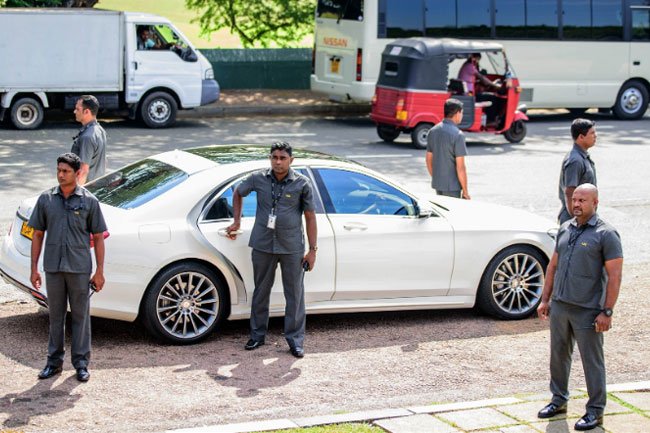
Ahead of the upcoming presidential election, more than 200 of Sri Lanka’s parliamentarians have been armed with two repeater shotguns each, issued by the Defence Ministry.
This decision follows supposed concerns for personal safety raised by the parliamentarians themselves after the 2022 Aragalaya protests, during which several MPs' homes in the Sinhala south were set on fire. According to reports, ten MPs have yet to receive their firearms, which they had requested months ago.
Repeater shotguns, capable of firing multiple rounds before reloading, have been issued to replace the previously distributed Chinese-made pistols, many of which are now malfunctioning. Each shotgun holds up to ten cartridges, offering increased security for lawmakers. The Defence Ministry has specified that the MPs are allowed to retain them even after leaving office, raising obvious security concerns.
The holding of firearms by Sri Lanka’s parliamentarians has a troubled history. State Minister Lohan Ratwatte came under fire for threatening eight Tamil prisoners detained under the Prevention of Terrorism Act (PTA) and holding them at gunpoint. Ratwatte, under the influence of alcohol, allegedly stormed Anuradhapura prison, forcing the prisoners to kneel at gunpoint and verbally abusing them in Sinhala. He claimed to have the authority, granted by the President, to either release or execute them under the PTA. The law, which has long been criticized for enabling arbitrary detention and abuse, remains a powerful tool for suppressing dissent and silencing political opposition.
Sri Lanka's enduring legacy of war and its corrupt political system have fostered an environment where impunity thrives. Earlier this year, Public Security Minister Tiran Alles recently encouraged police to engage in extrajudicial killings, claiming that “eliminating criminals from the country is not a sin,” further fuelling a culture of impunity. This statement highlights the broader issue of unchecked state violence, which has persisted long after the end of the country’s armed conflict.

